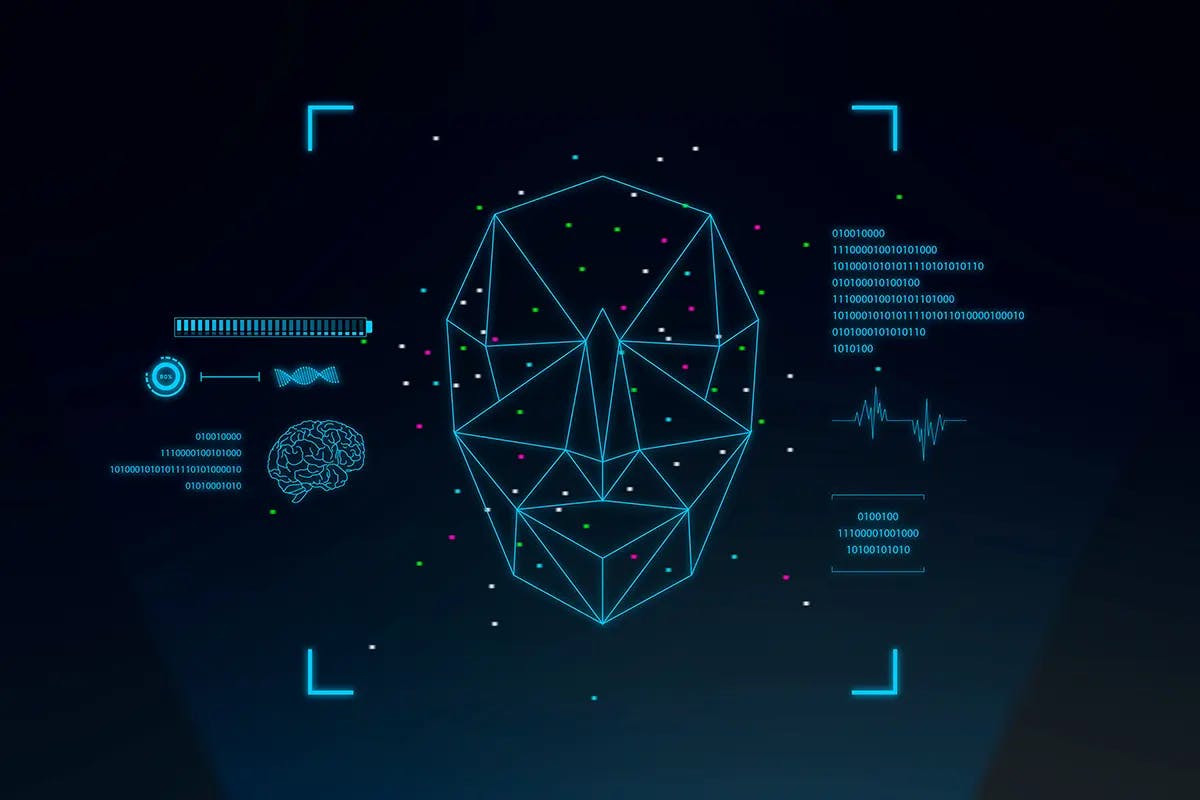Image processing algorithms play a vital role in enhancing and restoring images for various applications. As technology moves forward, image processing keeps changing and growing. It brings new chances for improvement but also presents challenges to overcome. We’ll focus on advancements in these algorithms, dealing with complex image traits, and achieving real-time and parallel processing.
Advancements in Image Processing Algorithms
- Deep Learning Approaches
Using deep learning techniques, such as convolutional neural networks (CNNs) and generative adversarial networks (GANs), has shown great promise in various image-processing tasks. These approaches can automatically learn complex image features and patterns, enabling more accurate and efficient processing. Combining deep learning with image enhancement and restoration algorithms can greatly improve their capabilities. Deep learning models can be trained on big sets of data which can help them to learn from many real examples and perform better in tasks like reducing noise, enhancing image resolution, and restoring images. - Integration of Stable Diffusion with Other Techniques
Stable Diffusion is a powerful algorithm used for image denoising and enhancement. Performance improvement is possible by integrating other image processing techniques. Combining Stable Diffusion with approaches like non-local means denoising, wavelet transforms, or total variation regularization can leverage the strengths of different techniques and yield superior results. With Combining complementary methods that are the limitations of individual algorithms can be mitigated, leading to enhanced image quality and detail preservation.
Handling Complex Image Characteristics
- Handling High-Dimensional and Hyperspectral Images
Traditional image processing algorithms, including the popular Perona-Malik (PM) algorithm and Stable Diffusion, may struggle to handle high-dimensional or hyperspectral images effectively. These special types of images have many spectral bands or dimensions, which makes them complex to process. Researchers are working on techniques for high-dimensional and hyperspectral images. They are developing methods that can effectively handle and process these types of complex images. These techniques aim to improve the way of process and analyze these complex images effectively. These techniques often involve incorporating multi-scale analysis, considering spatial-spectral correlations, and exploiting dimensionality reduction methods to enhance denoising and enhancement capabilities for these images. - Robustness to Noise, Artifacts, and Challenging Imaging Conditions
Real-world images are affected by various forms of noise, artifacts, and challenging imaging conditions. To ensure the effectiveness of image processing algorithms in such real cases where advancements are needed to improve their robustness. This can be achieved due to incorporating advanced noise models that accurately capture the noise characteristics in different imaging scenarios. Additionally, algorithms can be equipped with artifact detection and correction techniques to effectively remove unwanted distortions. Moreover, considering difficult imaging conditions such as low light or low contrast environments, we can create algorithms that deliver excellent outcomes in various real-world cases. These algorithms will have the capacity to produce high-quality results even in challenging scenarios.
Real-Time and Parallel Implementations
- Optimization Strategies for Efficient Computation
Efficiency and real-time performance are important factors in the practical applications of image processing algorithms. The efficient algorithmic optimizations have made it more efficient in terms of computation and now they are well-suited for real-time processing tasks. Simplifications, reducing unnecessary computations, and optimizing data structures are the techniques involved to develop efficient computation. Minimizing computational complexity can achieve faster execution times without compromising the quality of the processed images. - Hardware Acceleration and Parallel Processing Techniques
To expedite the execution of image enhancement and restoration algorithms, specialized hardware can be utilized. Graphics Processing Units (GPUs) are commonly used for parallel computation due to their highly parallel architecture. General-purpose GPUs can speed up the algorithm’s computations in parallel across multiple cores. To make image processing faster and handle high-resolution images in real time, we can use hardware accelerators like Field-Programmable Gate Arrays (FPGAs) or Application-Specific Integrated Circuits. Graphics Processing Units (GPUs) also boost the performance of image processing algorithms. - Stream Processing
Real-time image processing means dealing with a continuous flow of image data as it comes in. Stream processing architectures are designed precisely for this purpose. The frameworks of stream processing like Apache Flink or Apache Kafka Streams, efficient and scalable image enhancement and restoration pipelines can be implemented. Stream processing enables continuous processing of image data, providing real-time output and enabling applications that require immediate results of it. - Hardware/Software Co-Design
Hardware/software co-design involves designing custom hardware architectures and optimizing software algorithms in tandem. The hardware and software components to tailoring work synergistically, optimal performance can be achieved. This approach involves mapping the computationally intensive parts of the algorithm to specialized hardware accelerators while optimizing software algorithms for efficient execution on the hardware platform. Hardware/software co-design can unlock significant performance improvements and enable real-time processing of image data. - Distributed Computing
The Distributed computing frameworks like Apache Hadoop or Apache Spark, can be employed to distribute image-processing tasks across a cluster of interconnected computers. This approach can process large images or work on multiple images at the same time due to the high capacity of parallel processing on a large scale. With the capacity of distributed computing, image processing algorithms can achieve improved throughput and reduced processing time. - Algorithmic Approximations
In some cases, achieving real-time performance may require sacrificing a small degree of accuracy. We can speed up image processing without sacrificing too much quality by using algorithmic approximations or simplified versions of algorithms. These approximations are based on heuristics or statistical models, striking a balance between faster processing and acceptable image accuracy. The carefully designing these approximations, it is possible to achieve real-time processing capabilities while still producing visually pleasing results.
Conclusion
The Advancements in image processing algorithms continue to reshape the field and offer to enhance and restore images. Combining deep learning techniques with Stable Diffusion shows potential for making image processing algorithms better at accuracy and efficiency. Dealing with complex image traits like high-dimensional and hyperspectral images, and ensuring the algorithms work well with noise, artifacts, and difficult imaging conditions are still challenges that need to be addressed. To make real-time and parallel implementations better, we can use optimization strategies, hardware acceleration, parallel processing techniques, stream processing, co-design of hardware and software, distributed computing, algorithmic approximations, and other methods as well. Addressing the open challenges and exploring future directions, image processing algorithms will continue to evolve as image enhancement and restoration applications with codiste.






